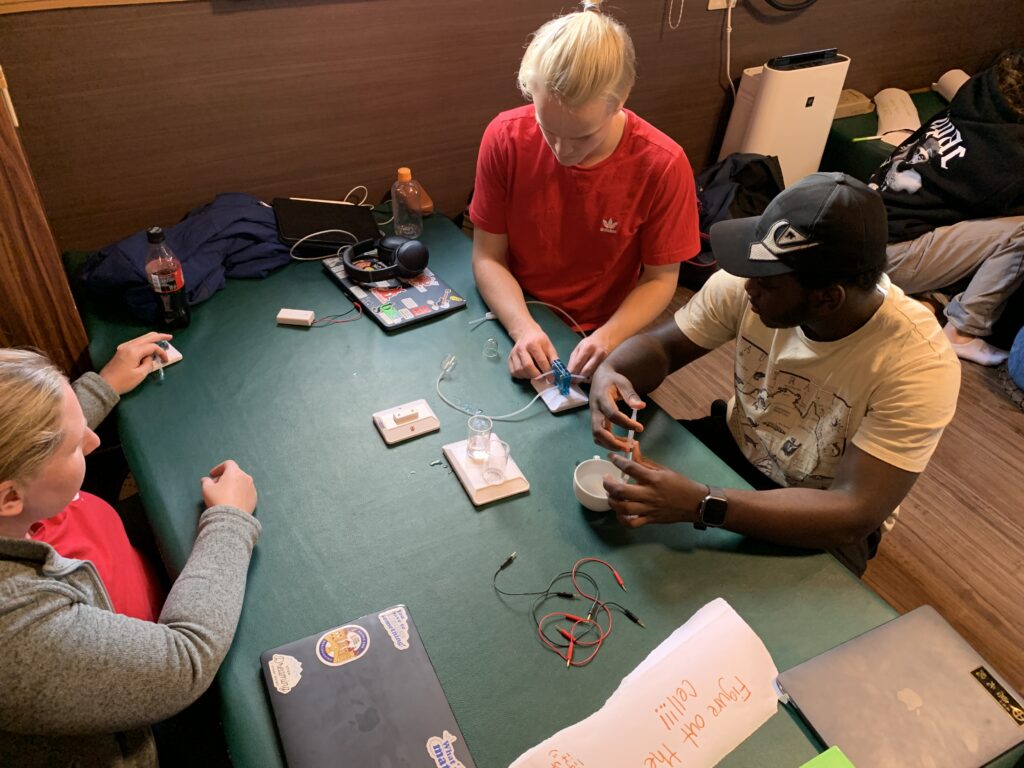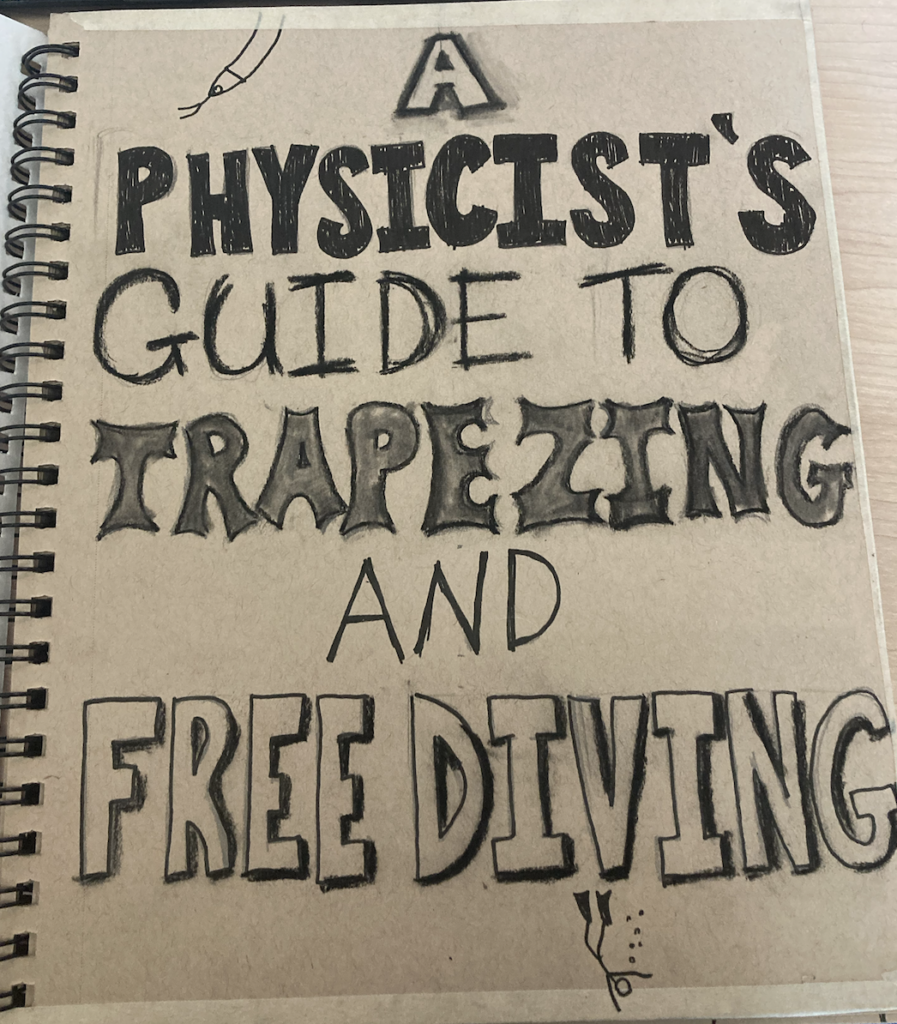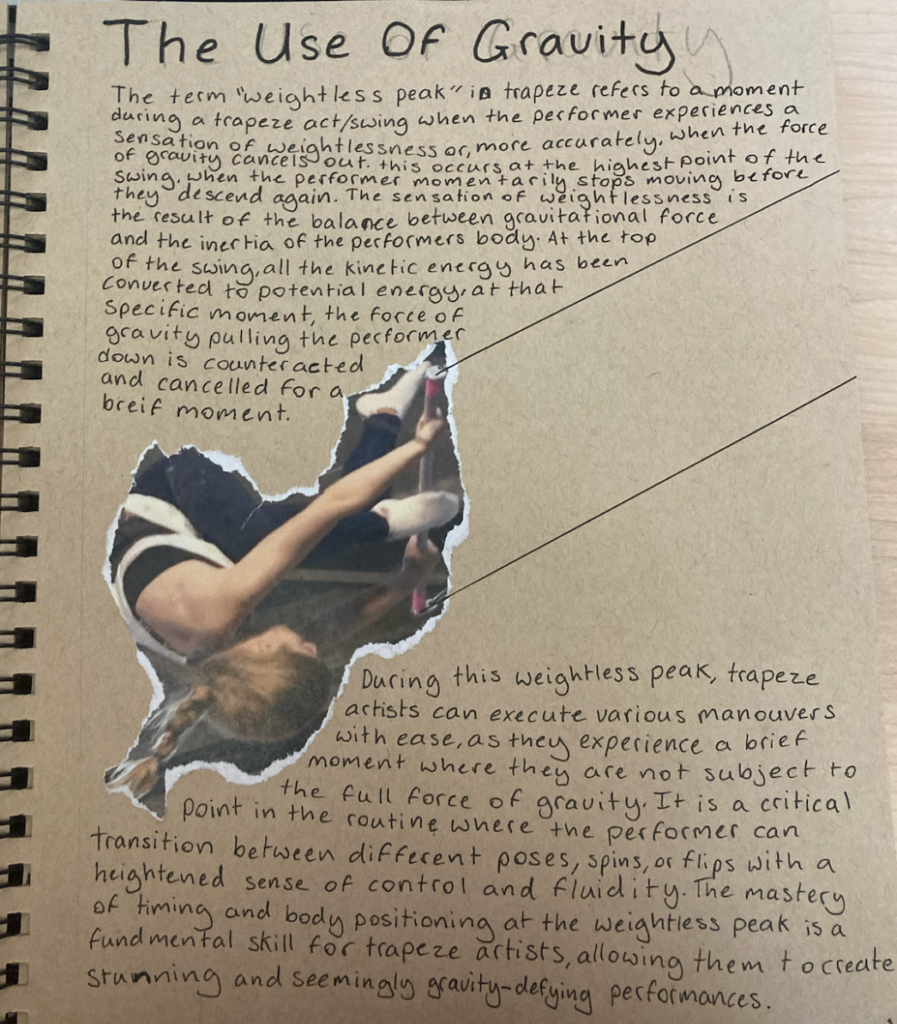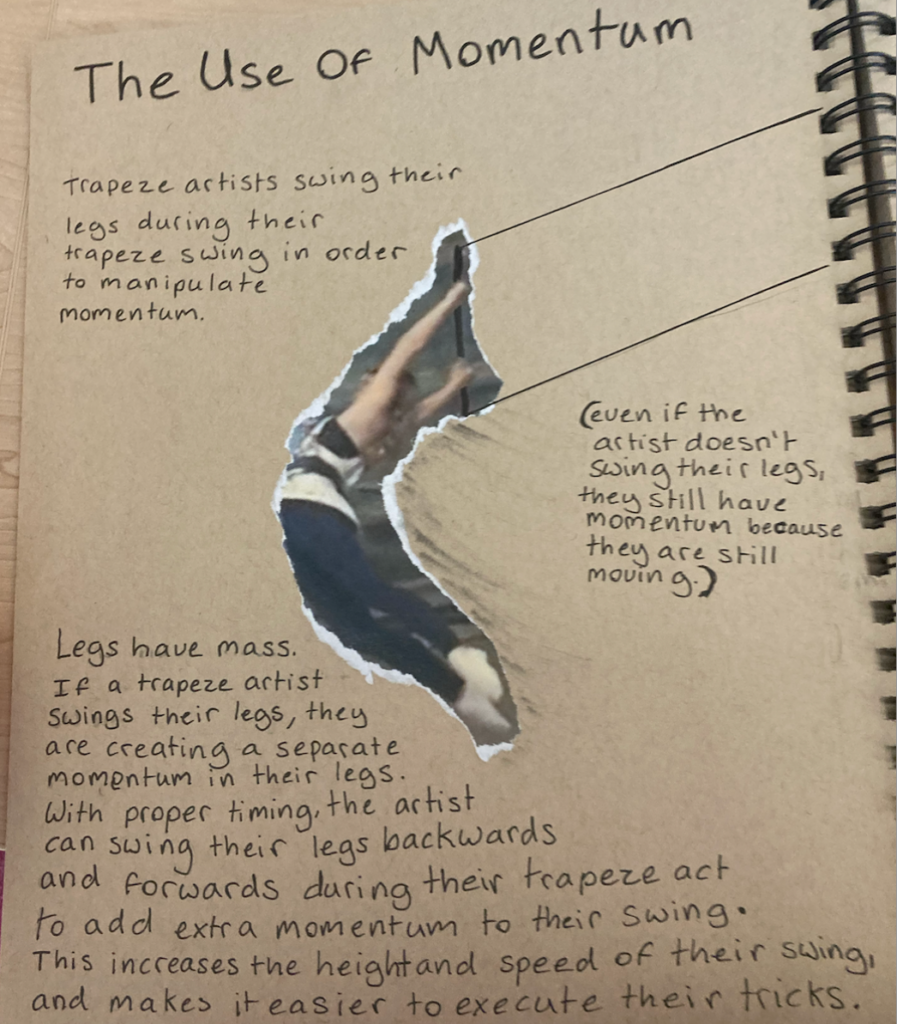Driving Question:
How can I promote political and civic education in my local community in Belo Horizonte through engaging workshops for young people?
Product output from this module:
A curriculum created by me to teach political education and securing external funding to allow for its implementation.
Project Summary:
Luiza, a senior from Brazil, has always been passionate about politics. Her Service Learning Mastery project, “Agents of Change: Empowering Brazilian Youth through Political Education,” stemmed from her concern about the political apathy prevalent in Brazil. Statistics show that two-thirds of the Brazilian population feel disconnected from politics, posing a threat to the country’s democracy.
Through the service learning curriculum, Luiza delved into this issue, discovering that the root cause of political apathy was a lack of political education. She conducted a strategic statistics project, engaging with young people in her community to understand their views on politics and education’s role in shaping political engagement. She found that politics were not effectively communicated to young people, making it difficult for them to see their potential impact.
To address this, Luiza aimed to promote political and civic education through engaging workshops for young people. She invested time in learning about politics and education, drawing inspiration from Paulo Freire’s critical pedagogy, which emphasizes active, reflective learning rather than traditional, passive education.
Luiza designed a three-lesson plan focusing on public policy creation in Brazil, emphasizing hands-on, interactive activities. The first session introduced students to politics and democratic values, encouraging them to see themselves as current political agents. The second session involved analyzing local issues and developing solutions. In the final session, students implemented their solutions to effect change in their community.
Securing an international grant through Civics Unplugged, Luiza conducted her workshops with 20 students at an NGO in her hometown. Initially, students associated politics with corruption, but by the end, they saw it as a means for social change and collective effort. They identified and addressed hygiene issues at the NGO, benefiting 400 students.
Luiza found the project both challenging and rewarding, witnessing significant personal growth and the empowerment of other students. She expressed gratitude to her teachers, mentors, and the NGO for their support and belief in her vision.




